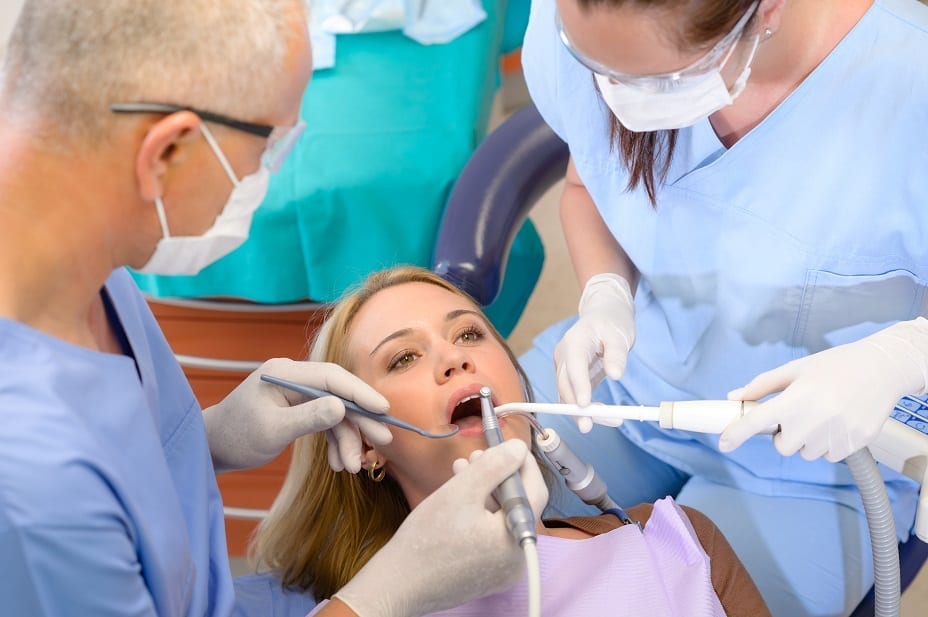Getting My Legacy Orthodontics To Work
Getting My Legacy Orthodontics To Work
Blog Article
Fascination About Legacy Orthodontics
Table of ContentsThe 8-Minute Rule for Legacy OrthodonticsThe Facts About Legacy Orthodontics Revealed9 Simple Techniques For Legacy OrthodonticsSome Known Details About Legacy Orthodontics Legacy Orthodontics for Beginners
In enhancement, we offer adjustable therapy routines, versatile payment options and a fun, satisfying experience.An orthodontist is a dentist educated to diagnose, stop, and treat teeth and jaw irregularities. They remedy existing conditions and are trained to identify problems that may establish in the future. Orthodontists collaborate with people of any ages, from children to adults. People commonly associate a best smile with health.
Malocclusion, or misaligned teeth, can result in dental issues, consisting of tooth degeneration, gum tissue illness, and hard or excruciating chewing. Not everyone is birthed with straight teeth. If you have a poor bite or large spaces between your teeth, you may desire to seek advice from a dental expert specializing in orthodontic care.
The Single Strategy To Use For Legacy Orthodontics
( Image Credit History: DigitalVision/Getty Images) Orthodontists utilize taken care of and detachable dental tools, like dental braces, retainers, and bands, to change the setting of teeth in your mouth. Orthodontic therapy is for oral problems, including: Jagged teethBite problems, like an overbite or an underbiteCrowded teeth or teeth that are too much apartJaw misalignmentThe goal of orthodontic treatment is to enhance your bite.
While you could assume of orthodontists as mainly for kids or young adults that require dental braces, they can deal with dental problems at any kind of age. Orthodontists go to university, oral school, and orthodontic school.
, but not all dentists are orthodontists. They focus on two areas: Just how to effectively and securely relocate teeth How to effectively lead advancement in the teeth, jaw, and faceOnce an orthodontist has actually completed training, they have the choice to come to be board accredited.
The Buzz on Legacy Orthodontics
Imbalance, or malocclusion, is the most typical factor people see an orthodontist. It is hereditary and is the result of dimension distinctions between the upper and reduced jaw or between the jaw and teeth. Malocclusion causes tooth overcrowding, an irregular jaw, or uneven bite patterns. Malocclusion is generally treated with: Your orthodontist attaches steel, ceramic, or plastic square bonds to your teeth.
If you have just minor malocclusion, you may be able to use clear dental braces, called aligners, rather than typical braces (https://guides.co/g/legacy-orthodontics?ajs_event=Referred). Some people need a headgear to assist move teeth into line with stress from outside the mouth. After braces or aligners, you'll need to use a retainer. A retainer is a customized gadget that maintains your teeth in place.
They're usually made use of on kids. They can create extra space in the mouth without needing to pull teeth. If you have a major underbite or overbite, you might need orthognathic surgical treatment (additionally called orthodontic surgical treatment) to lengthen or shorten your jaw. Orthodontists utilize cables, surgical screws, or plates to sustain your jaw bone.
You may require to see an orthodontist if you have: Crowding or otherwise enough area for every one of your teethOverbite, when your upper teeth come by your base teethUnderbite, when your bottom teeth are also far forwardSpacing or issues with gapsCrossbite, which is when your upper teeth fit behind your bottom teeth when your mouth is closedOpen bite or an upright void between your front base and upper teethMisplaced midline, when the center of your bottom and top teeth don't align Correcting a dental malocclusion can: Make biting, chewing, and talking easierImprove the proportion of our face and your total appearanceEase pain from temporomandibular joint disordersSeparate your teeth and make them less complicated to cleanse, helping avoid dental cavity or tooth cavities It's usually a dental professional that first notices misaligned teeth during a regular test.
The Ultimate Guide To Legacy Orthodontics

Throughout your first orthodontic this examination, you'll likely have: A dental examPhotos taken of your face and smileDental X-raysPanoramic (360 level) X-rays of your face and headImpressions to create mold and mildews of your teethThese tests will certainly aid your orthodontist recognize how to continue with your treatment. orthodontist. An orthodontist is a dentist who's had training to treat your teeth and jaw
An orthodontist is focused on your bite, so something like a cracked tooth would be handled by a dental professional. Orthodontists are concentrated on your bite, or the means your teeth fit with each other, and the straightness of your teeth.
Ever asked yourself how celebrities constantly appear to have flawlessly straightened teeth? The solution usually lies in the knowledgeable hands of an orthodontist. But what exactly does an orthodontist do? Orthodontists are oral specialists that concentrate on dealing with abnormalities in the teeth and jaws. Their expertise goes past just creating a stunning smile; it reaches boosting your general dental health and feature.
Getting The Legacy Orthodontics To Work

While dental braces are the most generally identified orthodontic treatment, orthodontists have a diverse toolkit at their disposal. The specific technique selected relies on the extent of the instance, the person's age, and private preferences. These reliable braces utilize a system of brackets bound to the teeth and linked by cables.
These detachable trays are tailor-made to progressively move the teeth's setting. In situations of narrow jaws, palatal expanders can be used to develop area for correct tooth positioning.
Report this page